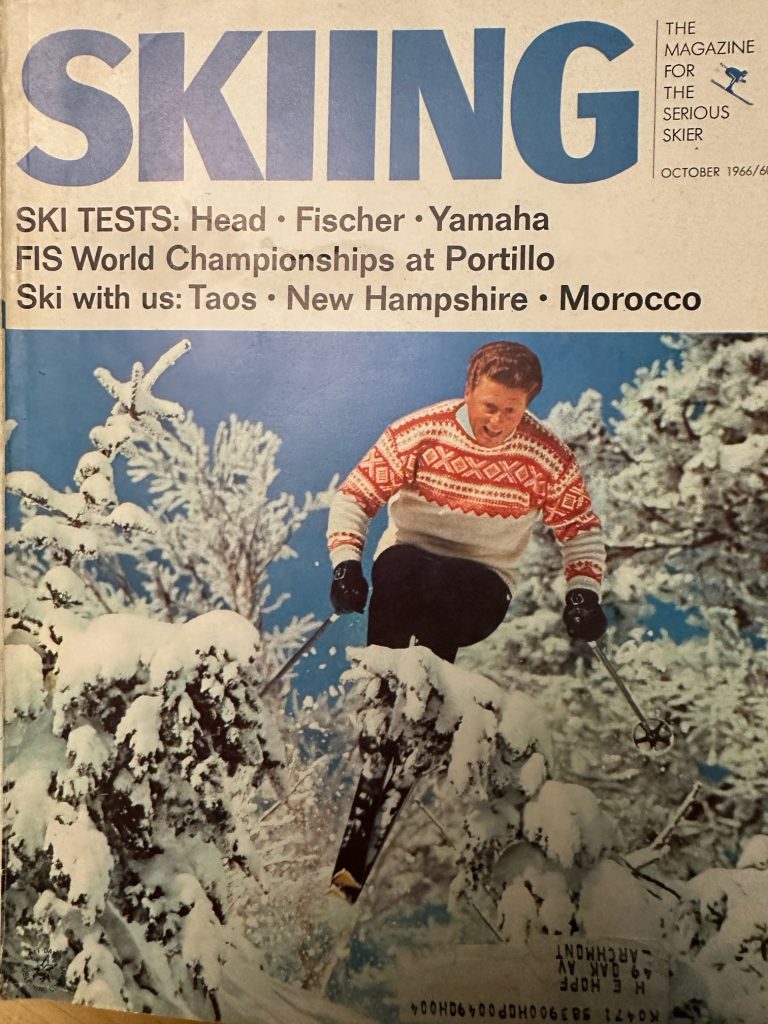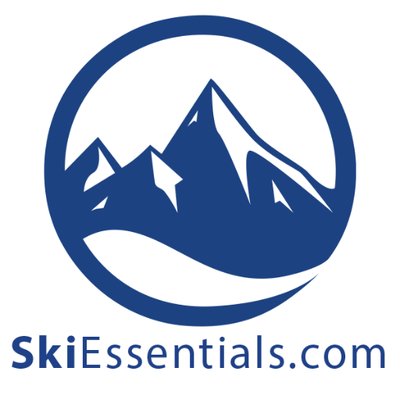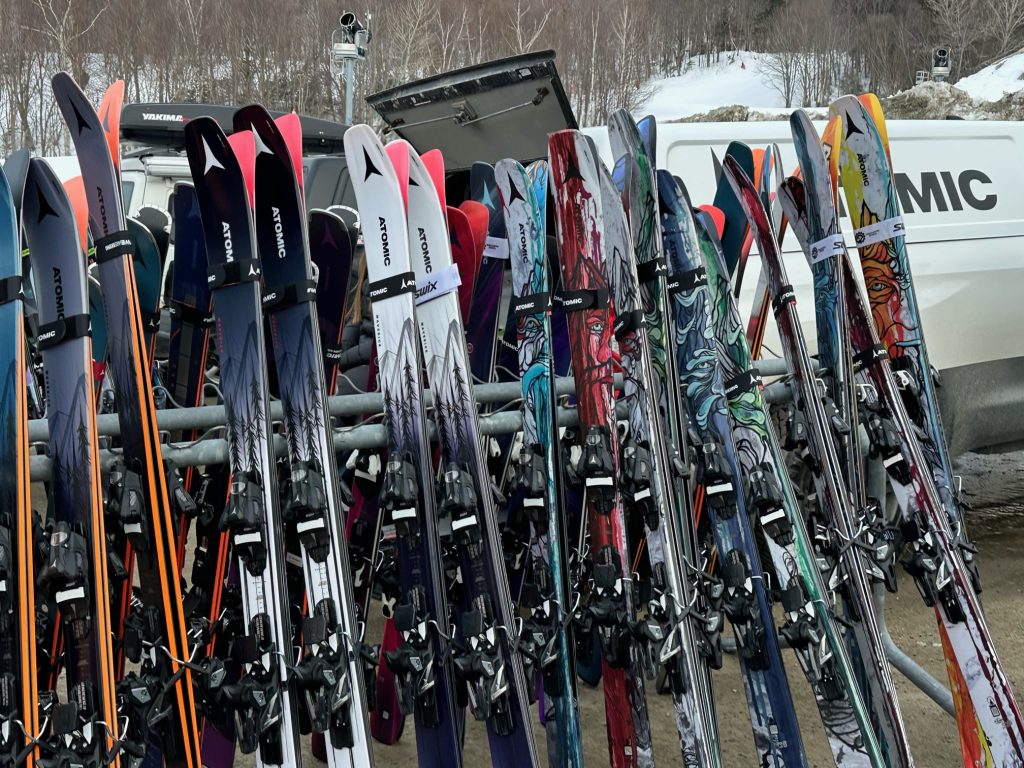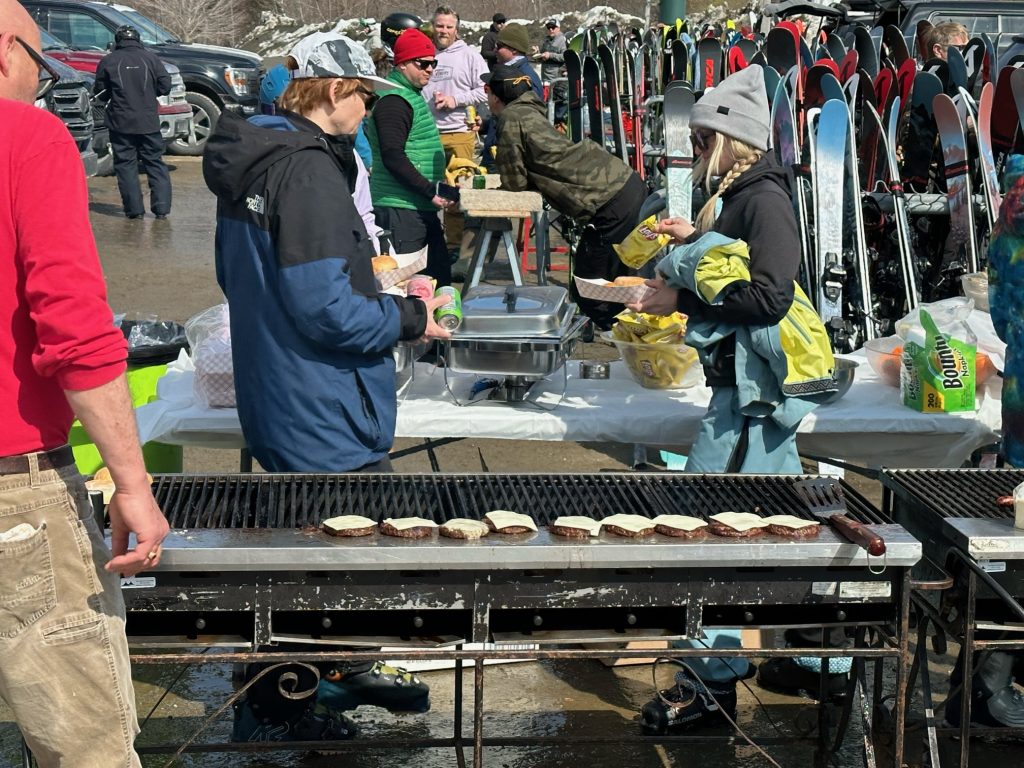How do you know which ski is right for you? While that was a problem back in the Retro-Ski days, there were relatively few ski brands, each with relatively few models. In the 1950s Head was the ski of choice if you could afford it. Starting in the 1960s more brands entered the market utilizing different materials and construction. So someone came up with the idea of conducting a ski test to get actual skier input on the various skis.
My less-than-in-depth research shows that Doug Pfeiffer was probably the one who came up with the first ski test! Pfeiffer was a ski instructor who had been instrumental in founding the Professional Ski Instructors of America (PSIA). In 1964 he was named editor in chief of SKIING magazine. Pfeiffer and the magazine staff undertook a ski test that involved both bench tests and skier on-slope tests. They tested 50 skis in the spring of 1966 and published the results starting with the October 1966 issue of SKIING.
Pfeiffer was the author of several books on skiing including “Skiing Simplified.” He also was the chosen commentator for the TV series called “The Killy Challenge.” That series ran weekly on network TV during the 1970-71 ski season. Each week Jean Claude raced against a challenger who typically was given a handicap. I remember stopping at various apres ski spots on Sundays to watch the show.
For over 50 years ski magazines were the primary sources of ski tests. SKI magazine followed SKIING with its first test in 1968. They took a cheaper approach by soliciting input from ski instructors on 17 different ski brands. What fun is that!?! Anyway, we all got used to reading the lowdown on new skis in the first issues of the various magazines for a ski season! Today there are really no printed ski magazines left, that source has dried up although SKI still has an online ski test component.
However ski tests are alive and well right here in Stowe! I was honored to be invited to participate in the SkiEssentials.com annual ski test held at Stowe Mountain Resort!
SkiEssentials held its first ski test back in 2017 making this year their 7th test. Their approach was different from the afore-mentioned ski magazines who tried to rank skis best to worst. Most skis have strengths and weaknesses and most skiers have strengths and weaknesses. A good test should highlight the strengths of a ski and the type of skier who would best benefit from the ski. By the way, that aligns very well with Doug Pfeiffer’s introduction to that first ski test!
This year the test included 20 ski brands and 9 snowboard brands. This was the second year their test has included snowboards. There were over 100 testers with approximately 80 ski testers and 30 snowboard testers.
The person who coordinates all this is Jeff Neagle. That includes sorting the 450 ski models and 100 snowboard models into categories and parsing them out to testers. And then of course after the test, compiling and organizing all the results! I’ve mentioned Jeff’s name before since he’s become sort of an internet star through Ski Essential’s YouTube ski reviews. And that’s where many of the ski test results end up as part of the online ski reviews.
Each day testers received a list of ten skis to test. Over the three days of testing, I was testing Front-side All Mountain skis. Those were skis with waist dimensions from 80-88mm. After one or two runs on a ski, you filled out an online evaluation form via your phone. There were numerical evaluations for aspects such as stability, edge-hold, forgiveness. And open questions like listing strengths or weaknesses of the ski, or what type of skier would be best for the ski. These evaluations used to be done by hand, but for most testers the phone was more convenient than pen and paper … particularly when it rained on the third day!
One thing I quickly learned was that my vocabulary for describing the differences among skis was lacking! You’d think as a skier and a writer I would have been better at it. I found myself using the same terms over and over. If I get invited again, I’m going to study more ski reviews to expand my vocabulary!
Compiling the results with the online forms is partly automated as they get downloaded into a spreadsheet. But then the real work begins. Jeff and his crew will have to review the data and extract meaningful results for inclusion in the online reviews. To quote Ski Essentials, “While the reviews are expertly written by our in-house experts, … Our goal with this is to create a database of knowledge in which you can explore our tester profiles, discover a few athletes who you relate to, and then read their thoughts on relevant skis and boards.”
I feel safe in saying that SkiEssentials.com now runs the largest ski test in the United States given the number of testers and ski and snowboard brands. And the results are available to anyone online!





Leave a Reply